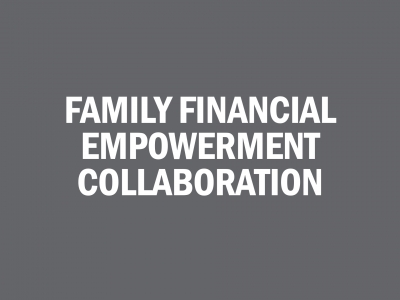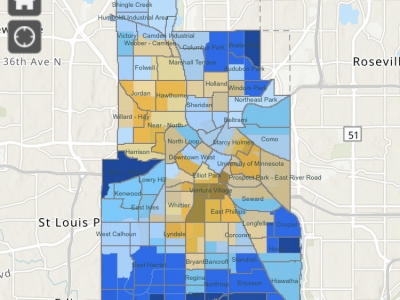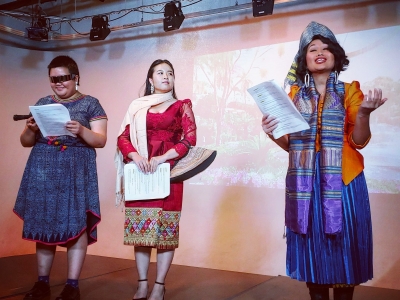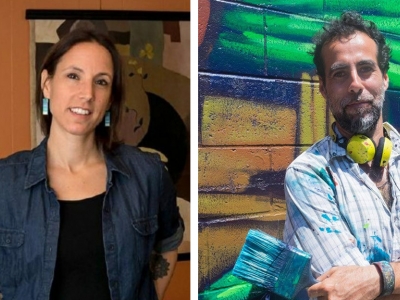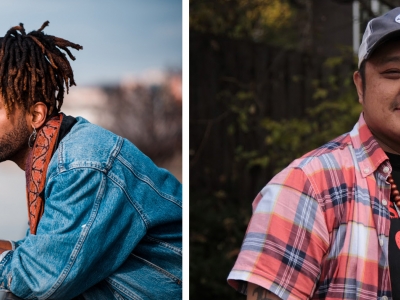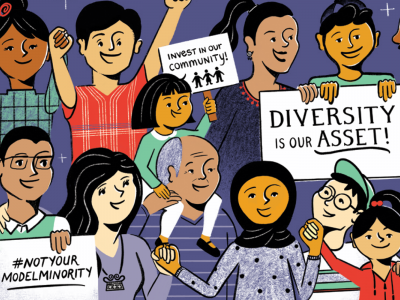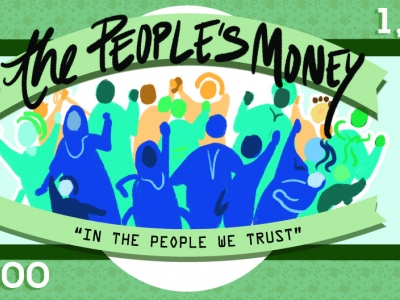People Serving People, Center for Urban and Regional Affairs (CURA), Research in Action, and Hennepin County, are pursuing a pilot program to grow family stability by demonstrating sustainable alternatives to self-pay for families experiencing homelessness. We are further pursuing the goal to build family financial power and make homelessness rare, brief, and non-recurring.
Families directly impacted by homelessness and self-pay know what is best for themselves, and we must center their experience, voices, and choices. As people impacted by system decisions, they should inform and influence them.
…
